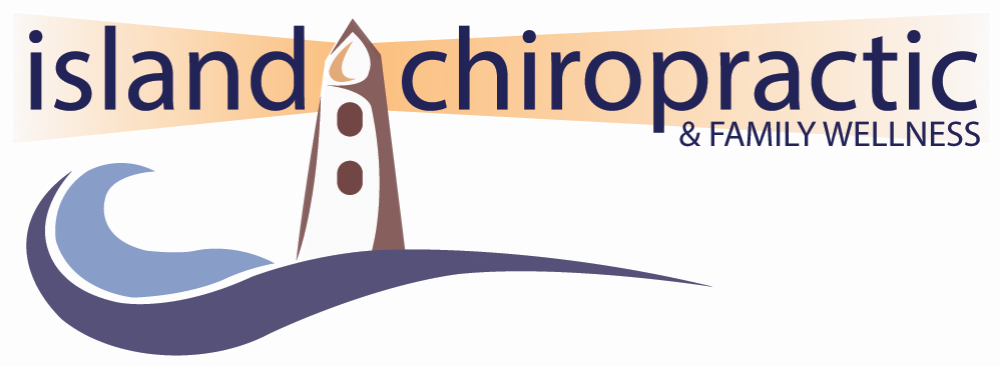A long, long time ago, walking on two legs gave humans and primates an advantage as it consumed less energy and thus allowed for the crossing of larger distances. Bipedalism decreased the amount of neck strain and gave an improved view of the surroundings. However, the cost of being upright increased pressure on the spine and increased the risk of disc injury and osteoporosis.
Did you know that osteoporosis is only seen in bipedal mammals (humans and primates)?
Osteoporosis is characterized by low bone mass and deterioration of bone tissue leading to enhanced bone fragility and susceptibility to to fracture after stress of lesser degrees than normal bone. Osteoporosis is also known as “the silent thief” as it is typically clinically silent during development and usually is found after some type of fracture or found during a DEXA scan/X-ray.
Whether or not an individual develops osteoporosis is determined by peak bone mass at skeletal maturity and the amount of bone loss in later adulthood.
Non modifiable risk factors for developing Osteoporosis include:
Family History
Female
Age
Fair Skinned
Thin
European decent
History of Hysterectomy
There is a 11% loss of bone mass for the first five postmenopausal years and an additional 5% loss over the next 15 years. Many lifestyle factors can contribute to the rate of bone mass loss.
Lifestyle risk factors for developing Osteoporosis include:
Smoking
Excess Alcohol Intake
Low Calcium Diet
Caffeinated Drinks
Sedentary Lifestyle
Excess Soft Drinks
The gold standard for diagnosing osteoporosis is a DEXA (dual energy X-ray absorptiometry) scan. X-rays can indicate the likelihood of osteoporosis, however, confirmation requires the loss of 30-50% loss of the bone mass - which means potentially up to 50% of your bone density could be lost before it appears on x-ray. The DEXA scan will give you two scores, the T score compares your bone density to that of a 30-year old and the Z score compares your bone density to that of a person your age and size. You are aiming for a T score of +1 or better. T scores between -1 and less are indicative of Osteopenia (precursor to OP) or Osteoporosis.
What are some ways to improve bone density without the use of medications?
Increase activity that load the axial skeleton. Weight bearing, mechanical loading from either muscle contraction or gravity can increase osteoblastic activity (causing bone formation). Often immobilization or a sedentary lifestyle will exacerbate the problem. (does your granny even lift bro?)
Proper nutrition at an early age will provide benefits into the golden years. Calcium supplements on their own are not as beneficial as calcium with vitamin D. Without vitamin D the absorption rate of calcium is decreased in the digestive system.
Practicing a balanced lifestyle and avoiding the lifestyle risk factors.
**Good bone health starts in the pre-teen years. This is why it is imperative teens (especially girls) are encouraged to participate in sports and have an active lifestyle. The more “bone” bank deposits that are made early in life will determine what bone density looks like in the later years.
—
Read more about “The importance of Vitamin D” HERE

